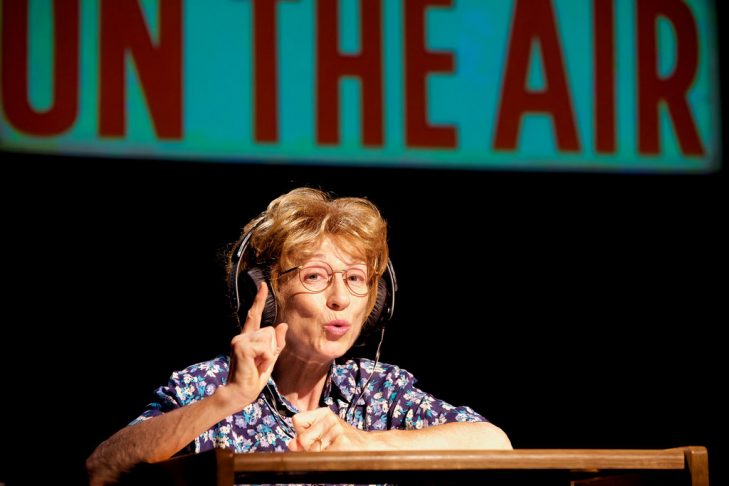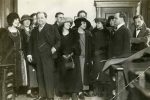This month, fans of Jewish and Yiddish theater are presented with ovation-worthy performances that tackle community norms, the Holocaust and the ongoing Israeli-Palestinian conflict. Audiences can become acquainted with Dr. Ruth Westheimer in the intimate setting of her living room in “Becoming Dr. Ruth” at New Rep Theatre. They can attend a play within a play as Huntington Theatre stages “Indecent,” Paula Vogel’s telling of the controversial events surrounding Sholem Asch’s play “The God of Vengeance.” And Israeli Stage ends its final season with an intense, stark play about Israeli-Palestinian relations and the larger conflict stoking its flames.
“Becoming Dr. Ruth”
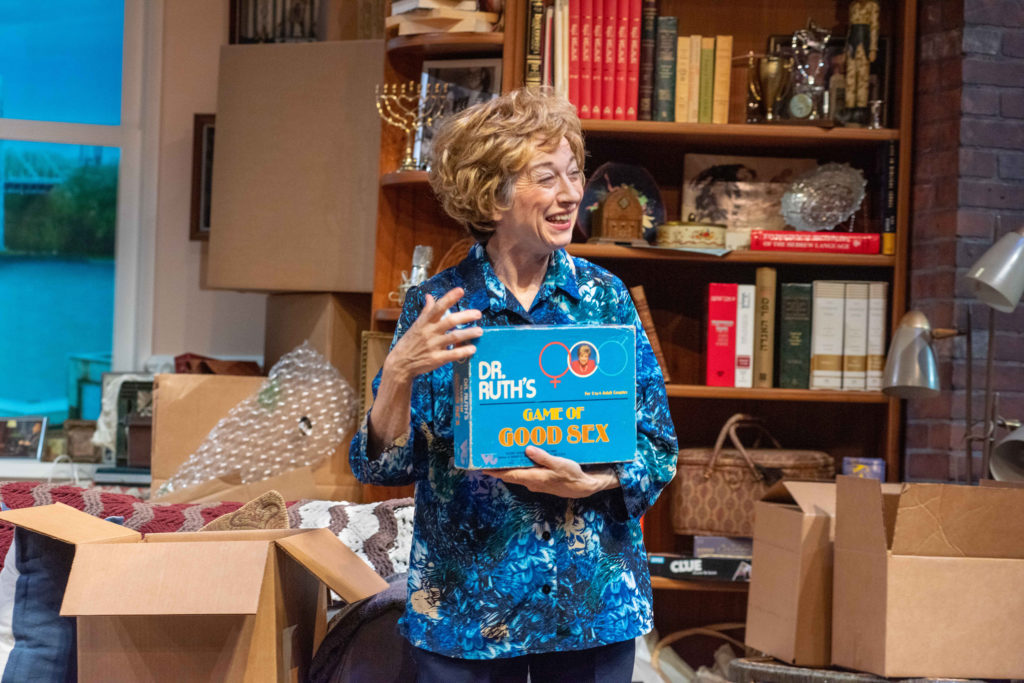
As soon as the stage is illuminated, Dr. Ruth Westheimer is conversing with the audience in the same intimate tone that propelled her from radio show host to household name. The 90-minute one-woman show stars the marvelous Anne O’Sullivan as Westheimer. It is 1997 and Dr. Ruth welcomes the audience as she packs up her cluttered Manhattan apartment of 36 years. Famous for dispensing advice about all matters concerning sex, it turns out that sex is the least scintillating topic Dr. Ruth brings to her monologue in “Becoming Dr. Ruth.” The play is a compelling story of survival and a fascinating portrait of the complexities of 20th-century Jewish identity.
An only child, Karola Ruth Siegel was born in 1928 near Frankfurt, Germany. The woman who would become Dr. Ruth had an idyllic childhood until she was 10 years old. That was the year Kristallnacht happened, along with the rapid ascent of the anti-Semitism that became a full-blown Holocaust. Siegel was one of 300 Jewish children selected for a kindertransport to Switzerland. Parting from her parents and grandmother at the train station, it was the last time she would see her beloved nuclear family.
The years in Switzerland were difficult, and from there Siegel immigrated to pre-state Israel, where she formally shortened her name to Ruth. During the War of Independence, Siegel was a sharpshooter for the Haganah. In Israel, she also married for the first time and followed her husband to Paris, where he attended medical school. The marriage ended in divorce, and Siegel moved to America. She married for a second time and had a daughter, Miriam. In the mid-1950s, Siegel divorced again. As a single mother, she tried to carve out a career with little success. In the interim, Siegel’s third marriage to Fred Westheimer was a happy one; the couple had a son, and she finally earned her Ph.D.
O’Sullivan’s performance is enhanced with projections of family pictures on the back wall of the makeshift apartment. Additionally, there are pictures of the grandmotherly 4’7” Dr. Ruth posing with Bill Clinton and Paul McCartney.
“Becoming Dr. Ruth” is profound for the story it tells. It is also a moving meditation on what it means to survive the worst of times and finally find a home.
“Indecent”
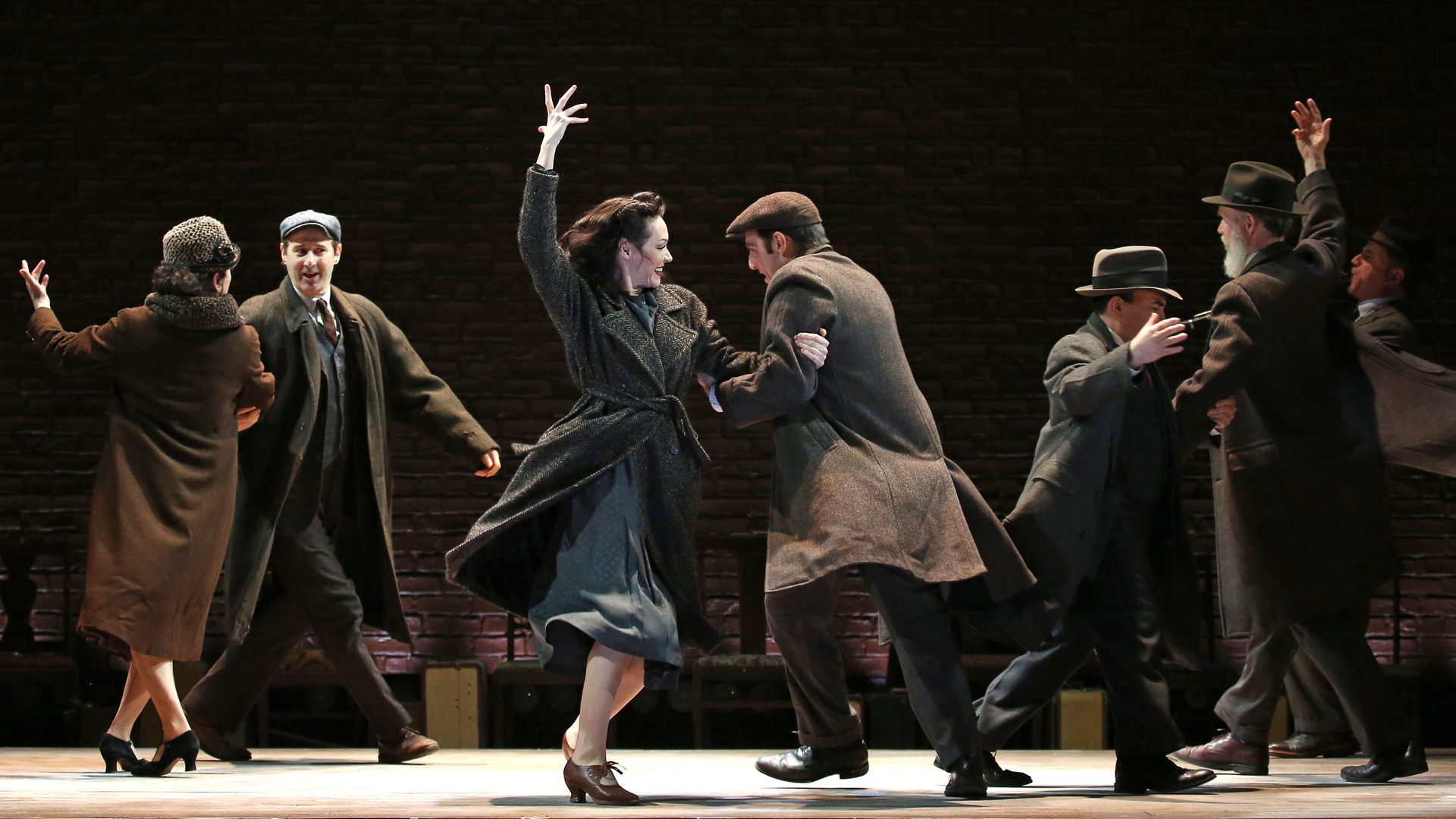
As the audience finds its seats to see “Indecent,” the actors are already sitting on stage. The lights go down, and they begin their performance with an eerie dance to klezmer music. As they move about the stage, ash falls out of their coat sleeves. For the next hour and 45 minutes, this riveting play within a play will take audiences through the distinctive, unprecedented history of Yiddish writer Sholem Asch’s 1907 play “God of Vengeance.”
Related
“Indecent” begins with Lemml, the stage manager, and his brief introduction. “My name is Lemml,” he says. “You can also call me Lou. I am the stage manager tonight. Usually, you can find me backstage. We have a story we want to tell you about a play—a play that changed my life. Every night, we tell this story. But somehow I can never remember the end.”
“God of Vengeance” had a short Broadway run in 1923 before the cast and producer were arrested on charges of obscenity. Vogel’s play features Sholem Asch and the actors dedicated to bringing it to the stage. The play follows “God of Vengeance” through a 1943 performance in an attic in the Lodz ghetto. Lemml, known as Lou in the United States, has moved back to his native Poland. “I am done being in a country that laughs at the way I speak,” he asserts. “They say America is free? What do you know here is free?”
Lemml continues to advocate for the play in Poland, even on the eve of the Holocaust. “Indecent” brilliantly ends with a rain scene on stage that finally highlights the lesbian kiss between the brothel owner’s innocent daughter and a prostitute.
Despite holding up “God of Vengeance” as an essential symbol of Yiddish culture, Asch never received his due as the gifted playwright that he was. Vogel tries to amend that in “Indecent,” while celebrating Yiddish literature as a once-thriving culture and glorious theater presence.
“The Return”
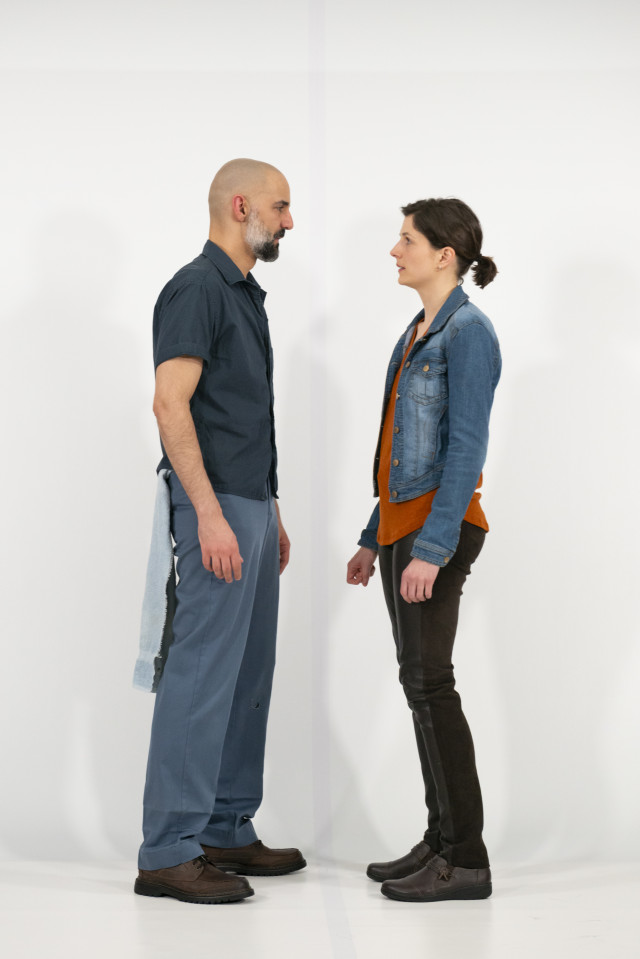
Israeli Stage, under the remarkable tutelage of founder and artistic director Guy Ben-Aharon, ends its impressive nine-year run with one of its most controversial shows to date—“The Return.” The play, by Palestinian writer Hanna Eady and his American collaborator, Edward Mast, is an explosive depiction of the Israeli-Palestinian conflict. Told through a convoluted love story, “The Return” is based on a controversial law in Israel described as “rape by deception.”
Thirteen years ago, Samer, a Palestinian, posed as a sabra to initiate an intense affair with Talia, an Israeli woman. He was imprisoned for his ruse. The audience meets him in a garage on Shabbat, where Talia comes to ostensibly have her car fixed. It becomes gradually evident she is there to repent for the tragic turn Samer’s life took. At first, Samer claims not to recognize her. Nael Nacer as Samer is unfailingly polite, yet his performance is modulated and searing. Philana Mia as Talia alternates between rage and remorse for what happened to her former lover.
The stage is bare except for a sloped, unadorned white background. Jarring changes in color and the introduction of loud, frightening music hail each of the play’s four potent scenes. Each scene depicts the growing intensity and ongoing sexual tension between Samer and Talia.
As the two actors square off on the small stage, Talia is looking for love and redemption. Samer simply wants to survive, and that means not violating his strict probation. As the play comes to a head, it takes on the controversial question implied in the title—the Palestinian “right of return.” Samer is forbidden to set foot in his grandmother’s village. In a symbolic nod to his family’s ancient land, he had the name of the town tattooed on his arm. That tattoo was removed at the beginning of his jail sentence.
By the end of the play, Eady has depicted the Israeli government as an oppressive regime bent on securing its majority status no matter what the consequences are. Some audience members may take issue with that bold assertion. Nevertheless, “The Return” makes its points powerfully; Israel is a land where even love takes on menacing political overtones.


